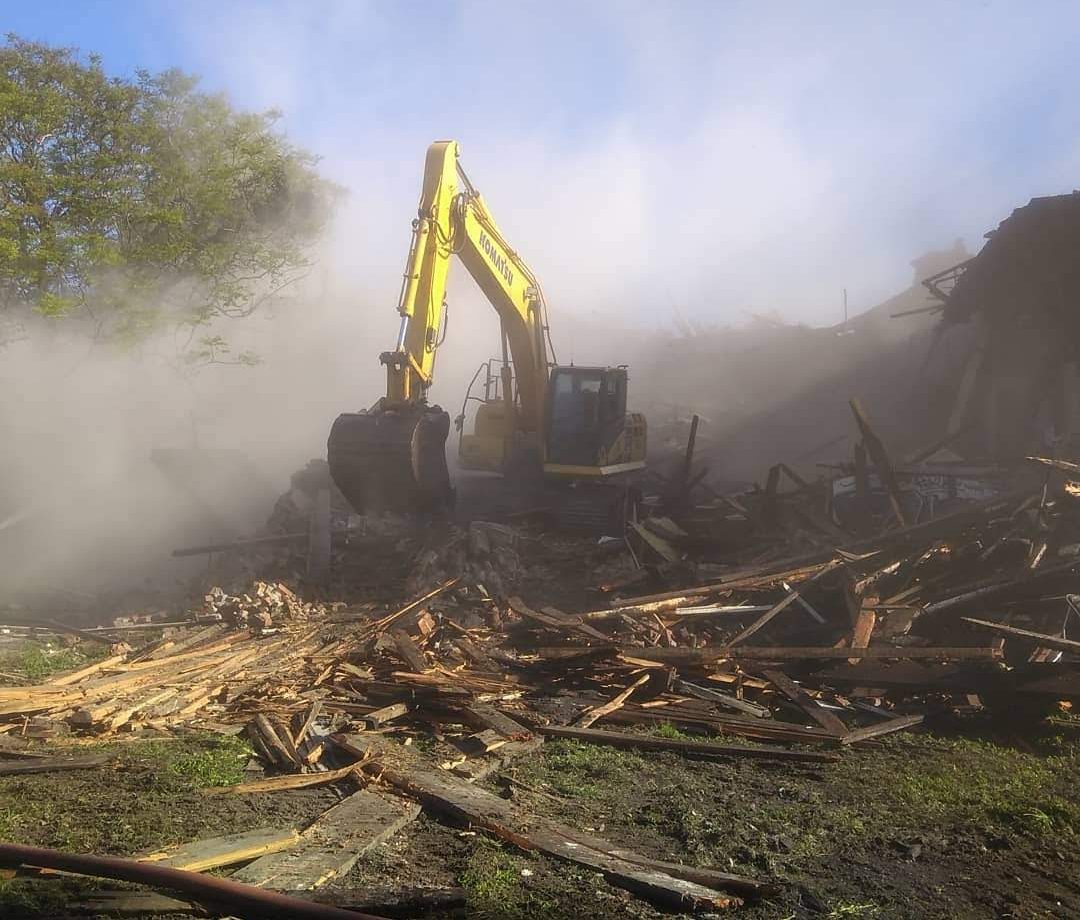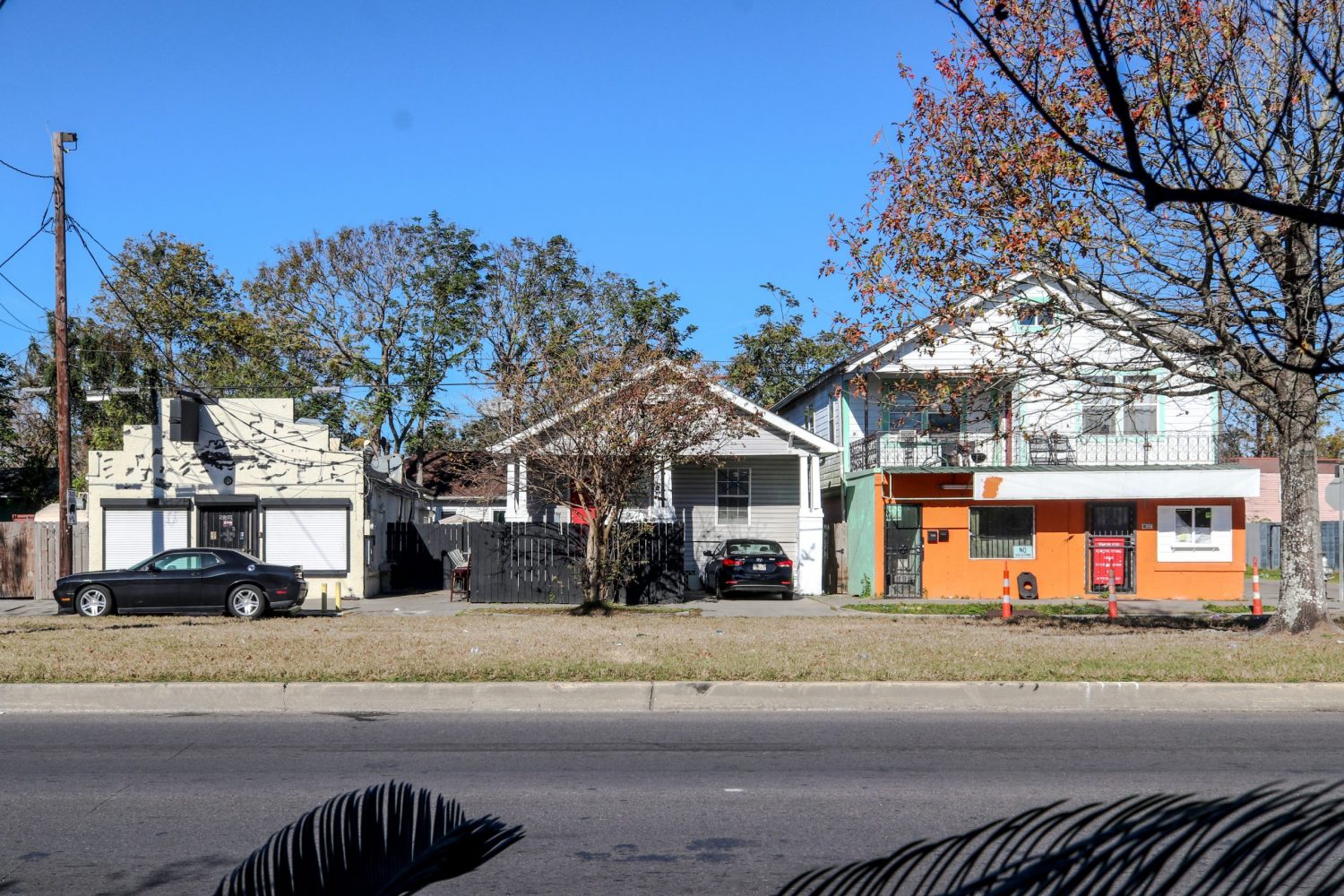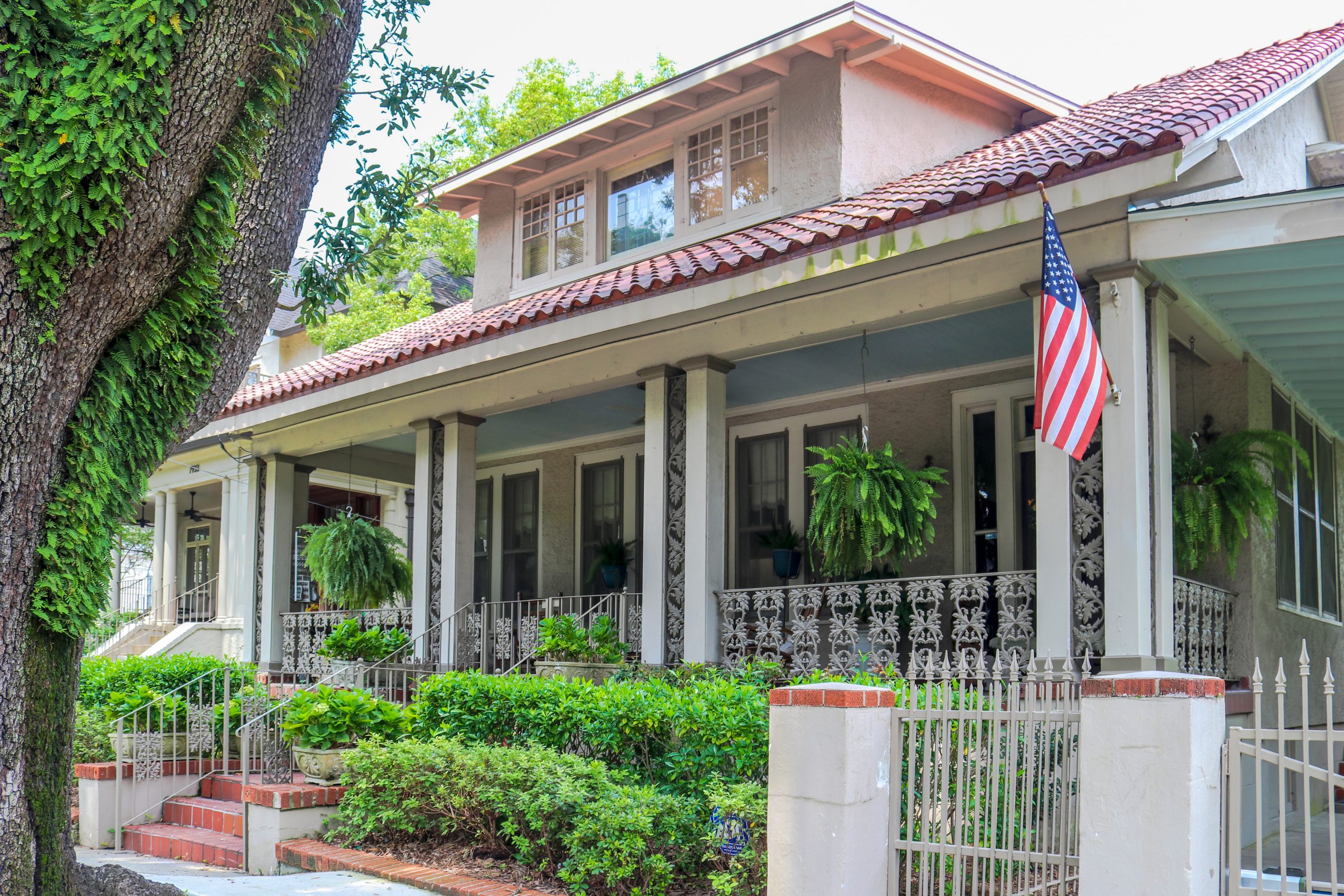This story appeared in the February issue of PRC’s Preservation in Print magazine. Interested in getting more preservation stories like this delivered to your door nine times a year? Become a member of the PRC for a subscription!
Illegal building demolitions are a problem faced by cities across the country that are blessed with a wealth of historic architecture, and unfortunately, New Orleans is among them. But how cities handle such unlawful acts varies widely. In Louisiana, property owners who illegally take down a building receive at most a mere $10,000 fine.
Yep, you read that correctly. $10,000. A financial slap on the wrist.
The architecture aficionados in New Orleans know that our historic buildings are irreplaceable. They contribute immeasurably to our city’s economy, cultural heritage and quality of life.
And luckily, many developers in our city undertake thoughtful renovations that respect these buildings’ materials and histories — that bring buildings into the present without sacrificing the past. But as property values have risen dramatically across the city in recent years, developers who are more interested in demolishing to gain maximum profit from new construction projects have become more common — and more brazen. And when people illegally demolish homes, the character of our streets and neighborhoods is forever altered.
The city agencies responsible for protecting historic architecture — the Historic District Landmarks Commission and the Vieux Carré Commission — have laws in place to protect historic buildings. However, they are handicapped by the limits in fines allowed under state law for bad actors who defy their rulings and demolish buildings without approval.
It’s true that not everything can be saved. Many demolitions get approved by these commissions or are permitted under other means, and most developers play by the rules. But for those who don’t, the penalties spelled out under Louisiana law are scarcely a deterrent.
Why is the maximum fine so low in Louisiana? The amount of $10,000 was codified into state law in 1979 and hasn’t changed since. PRC Director of Policy Research and Advocacy Coordinator Nathan Lott’s research shows that the fine, if adjusted for inflation in 2021, should be $37,760. Clearly, when state lawmakers granted this authority to local preservation commissions, they intended it to give pause to developers tempted to flout the law.
Lott has written an astute white paper titled “Just Fine? Rethinking penalties for illegal demolition in local historic districts,” that explores how historic district agencies across the country penalize people who undertake illegal demolitions. Fascinating differences abound. In Wisconsin, state law “also limits the amount a locality can fine a property owner for unpermitted demolition to $10,000. However, the state does so by classifying the offense as a Class A misdemeanor, which carries the additional prospect of up to nine months in prison,” Lott writes. Imagine having jail time as a possible deterrent for illegal demolitions.
In Houston, projects that undertake demolition without proper permission have permits revoked, and the project is disallowed from moving forward for two years. Laguna Beach, Calif., takes it further with the revoking of building permits for five years. That is a serious penalty.
In coming months, the PRC will meet with legislators and coordinate with the City of New Orleans to seek increased penalties for those who undertake illegal demolitions in local historic districts. At the very least, state law should be amended so that the base fine amount is adjusted for inflation, making it a more serious deterrent against unlawful demolition. Read more about what other municipalities do and Lott’s sharp analysis on how a better fine structure could benefit our city and state.
Danielle Del Sol is the Executive Director of the Preservation Resource Center.
Advertisements









